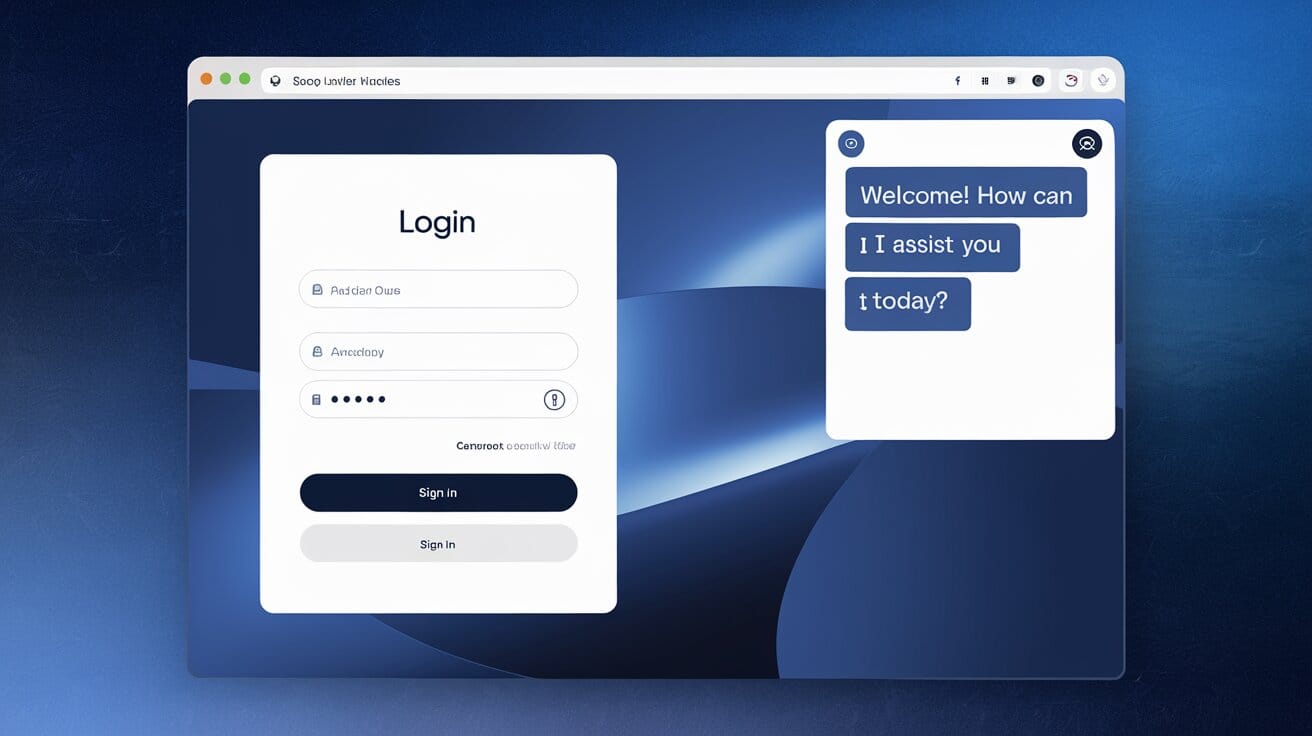

Are you ready to disrupt with AI? Join our Hackathon today! Click to Register
By WebOsmotic Team | Published on November 25, 2024
Summarize Article

Table of Contents
ToggleIt’s hard to contemplate a hypothetical site that will know your request even before you utter it. Is this about dream inhaling? This is what Predictive UX is all about – a thrilling combination of artificial intelligence (AI) and designing users’ experiences. Equipped with the skills of learning trends and forecasting, AI for UX design is revolutionizing the art of interaction with websites or applications. As a result, every click becomes almost a natural flow. Let’s have a look at how predictive modeling and artificial intelligence are changing the way people interact with content digitally.
Predictive UX uses AI custom-designed for predictive analytics to provide a proactive understanding of users’ needs and actions. This is akin to having a digital psychic; however, this digital fortune teller puts no faith in entangled crystal spheres, but instead, in numbers and formulas.
Think about:
In these instances, users are interacting with an element of predictive AI, that has made their experience seem custom-made for them.
AI is based on predictive analytics and thus can process information about users including:
In any case, action-predicting models are built with the help of such data – and that helps UX designers improve the user journey.
Users today are wired to want things at once. In the current digital environment, there is often no time for the user to go seeking anything. Predictive UX reduces the waiting time by:
E-Commerce:
Streaming Platforms:
Healthcare Websites:
Travel and Hospitality:
Building a successful predictive user experience is not only about harnessing the capabilities of artificial intelligence. It is all about good design. Here are the aspects to focus on:
Accept Personalization and Refrain from Intrusion
Address the Users’ Pain Points with Predictive Analytics
Keep AI Recommendations Relevant to the Context
Use Visual Structures
Iterate Based on Feedback
Despite the impressive benefits, Predictive UX has its downsides as well:
Sure, users would appreciate that their experience is more personalized. However, they will also appreciate protecting their personal information such as activity history. Hence, install efficient security systems and elaborate on user comfortability.
Prediction models or imagining people’s behavior is AI for predictive analytics motive. This can distance users wishing to have control of their inputs as well as the outcomes. Predictions and user inputs should not contradict.
Predictions are only as good as the information contained. Incomplete and raw data accuracy predictions could lead to poor experiences for users.
As technology improves, Predictive UX is set for future upgrades. Here’s what to expect
There are no half measures when speaking about such phenomena as Predictive UX – it is a way of creating user experience. Providing AI for UX design for business, simple why over user interface satisfies all user requirements.
It can be through predictive content delivery, personalized design or even getting rid of user experience problems: proactive UX is what lies ahead in digital design. Get it and you will not just foretell what the user would want – you will render experiences to the users which they never thought possible.
Unlock exclusive insights and expert knowledge delivered straight to your inbox